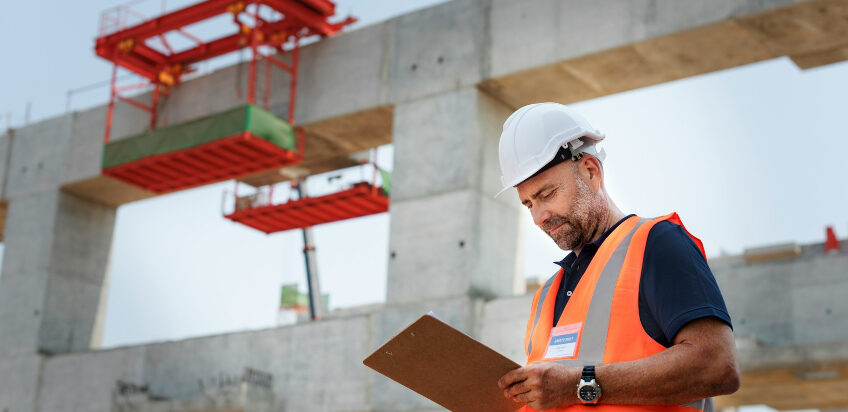Construction sites are some of the most dangerous workplaces in New Jersey. Workers face daily risks from heavy machinery, elevated work areas, electrical systems, and hazardous materials. When an accident happens, it can lead to severe injuries, long-term disability, or even death. Victims and their families often wonder whether they have a valid construction accident claim and what steps they can take to recover compensation. Understanding what qualifies as a construction accident claim is the first step toward protecting your rights.
Common Types of Construction Accidents
Construction accidents can take many forms, including:
- Falls from Heights – Scaffolding, ladders, and rooftops are frequent sources of fall-related injuries.
- Falling Objects – Tools, building materials, or debris can strike workers and bystanders.
- Electrocution – Contact with exposed wires or power lines can result in serious burns or death.
- Caught-In or Caught-Between Accidents – Being trapped between heavy equipment or collapsing structures is a leading cause of fatalities.
- Machinery Accidents – Forklifts, cranes, and other equipment can malfunction or be operated improperly.
- Explosions and Fires – Flammable materials and unsafe storage can lead to catastrophic events.
If any of these accidents result from negligence, unsafe working conditions, or regulatory violations, they may form the basis for a claim.
Workers’ Compensation vs. Third-Party Claims
In most cases, injured construction workers are entitled to workers’ compensation benefits through their employer. Workers’ compensation provides medical coverage, wage replacement, and disability benefits, regardless of who was at fault.
However, workers’ compensation typically does not allow lawsuits against the employer. If someone other than your employer caused the accident—for example, a subcontractor, equipment manufacturer, or property owner—you may be able to file a third-party personal injury claim for additional damages such as pain and suffering and full lost wages.
Negligence and Safety Violations
A construction accident claim often involves proving that another party was negligent. Negligence may include:
- Failure to follow OSHA or state safety regulations
- Inadequate training or supervision
- Poor maintenance of equipment
- Lack of fall protection or guardrails
- Failure to warn workers of hazards
Evidence such as accident reports, safety records, witness testimony, and expert analysis can help establish liability.
Premises Liability and Public Accidents
Construction accidents are not limited to workers. Pedestrians or nearby residents can also be injured by unsafe conditions, such as unsecured work zones or falling debris. In these cases, a premises liability claim may be appropriate, holding the property owner, developer, or contractor responsible for failing to protect the public.
Wrongful Death Construction Claims
If a construction accident results in death, surviving family members may be eligible to file a wrongful death claim seeking compensation for funeral expenses, loss of financial support, and emotional suffering. This is separate from any workers’ compensation death benefits that may be available.
Time Limits for Filing
In New Jersey, most personal injury and wrongful death claims must be filed within two years of the accident. Workers’ compensation claims must be filed within two years as well, though reporting the injury to the employer should be done as soon as possible to avoid delays in benefits.
Conclusion
A valid construction accident claim in New Jersey can arise from any situation where negligence, unsafe conditions, or regulatory violations lead to injury or death. Whether you are a worker seeking benefits or a third party pursuing a personal injury lawsuit, it is important to act quickly to preserve evidence and protect your rights. Consulting an experienced construction accident attorney can help you navigate workers’ compensation, identify liable parties, and maximize the compensation available to you and your family.
